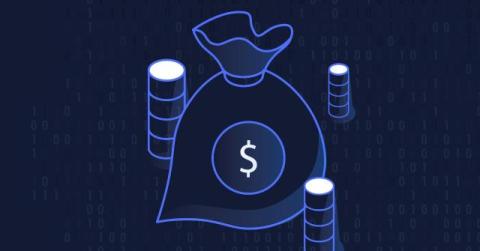CVE-2024-8190 - OS Command Injection in Ivanti CSA
A high severity OS command injection vulnerability, CVE-2024-8190, has been found in Ivanti Cloud Services Appliance (CSA) versions 4.6 Patch 518 and earlier. This flaw allows attackers with admin access to remotely execute malicious commands, potentially taking full control of the system. Ivanti has already released updates, but this command injection vulnerability is actively exploited in the wild, making immediate action critical.










